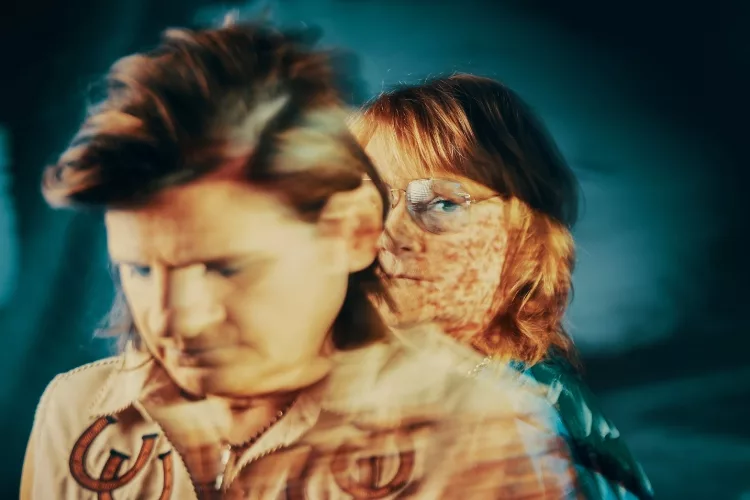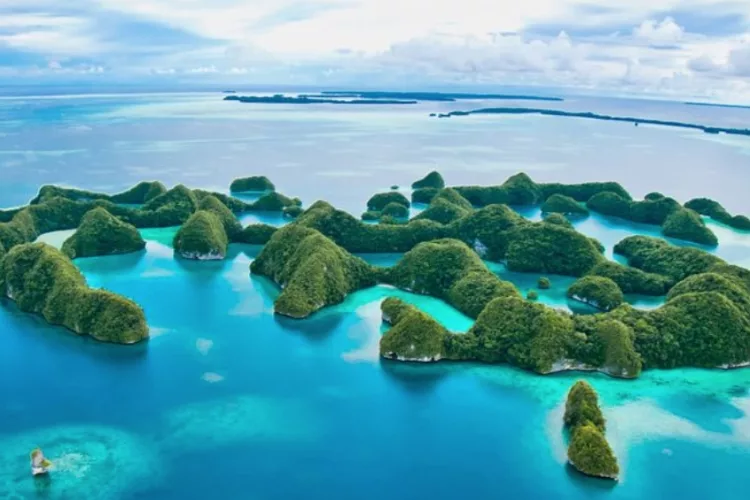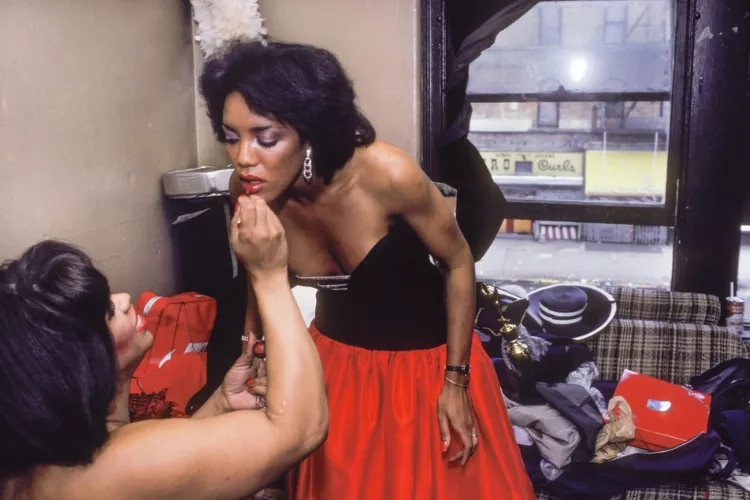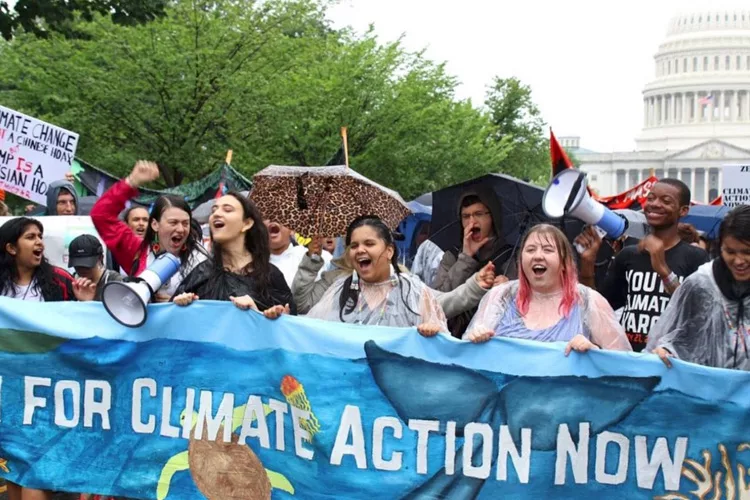In the world of contemporary art, few pieces have been as stirring and impactful as Richard Mosse’s video installation, “Broken Spectre.” This 74-minute film, presented at the Jack Shainman Gallery’s new Tribeca location in New York, is more than just a documentary; it’s a poignant call to action and a visual journey into the heart of the Amazon Basin’s destruction.
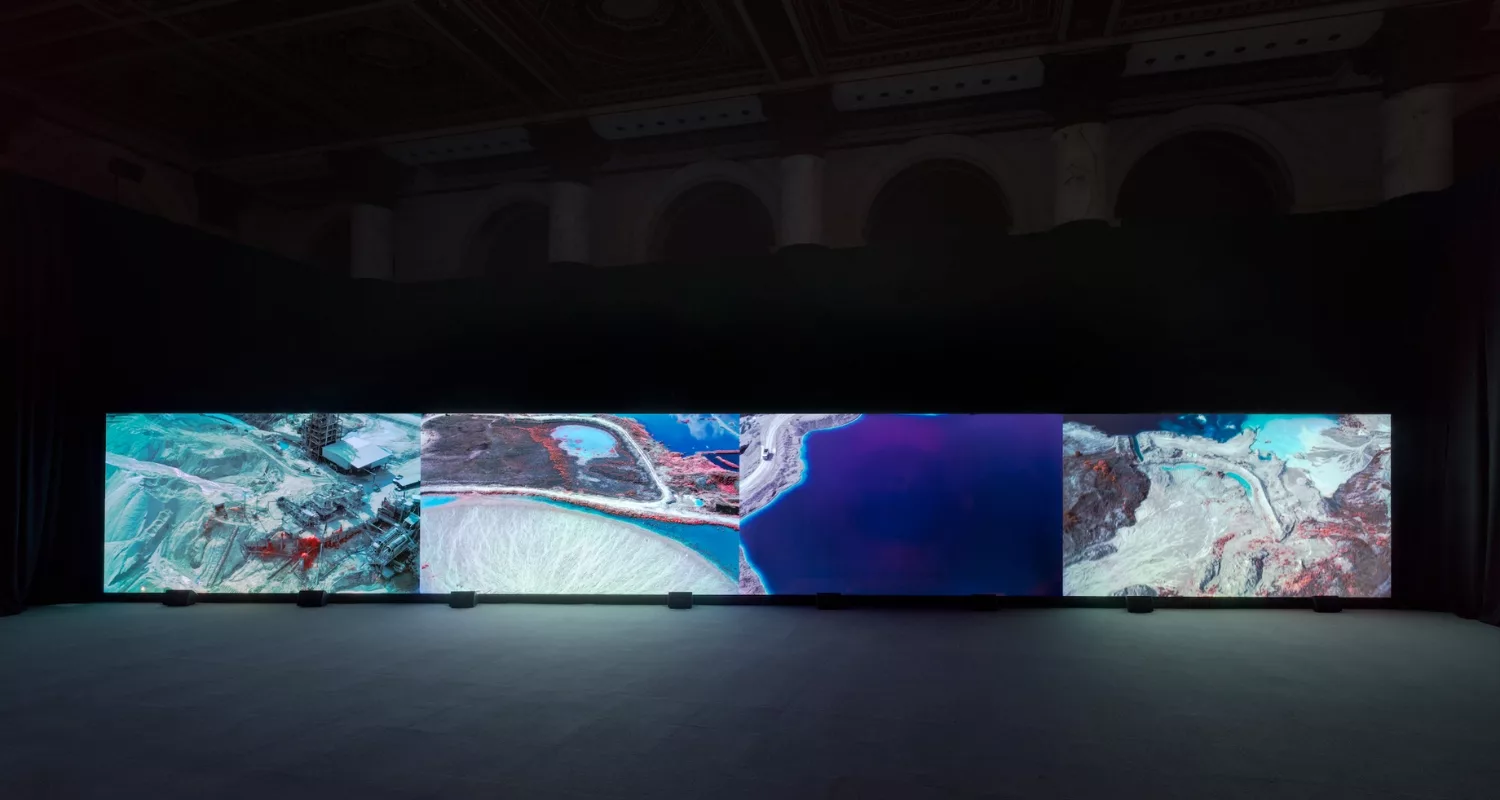
Between 2018 and 2020, Mosse embarked on a series of travels to the Amazon. There he captured the devastating environmental destruction on an unfathomable scale. The exhibition’s wall text sets a somber tone – over one-fifth of the original rainforest has vanished in the last 50 years. The film documents this relentless decimation.
The essence of “Broken Spectre” lies in its approach. Like Mosse’s previous works, set in neglected areas like the Democratic Republic of Congo and European refugee camps, this installation blends documentary realism and artistic expression. It’s slow and poetic. It is viscerally intense yet mostly wordless –amplified by a haunting score composed of music and natural field recordings. Crafted by Ben Frost, a frequent Mosse collaborator, the soundtrack bridges contemporary classical music, dark ambience, and noise.
Mosse’s innovative approach extends to the film’s creation. He used three unique cameras. These include a multispectral video device of his own design, replicating satellites used for environmental monitoring. This technology, combined with an analogue and a UV microscopic camera, allowed him to capture a visibility beyond the human eye.
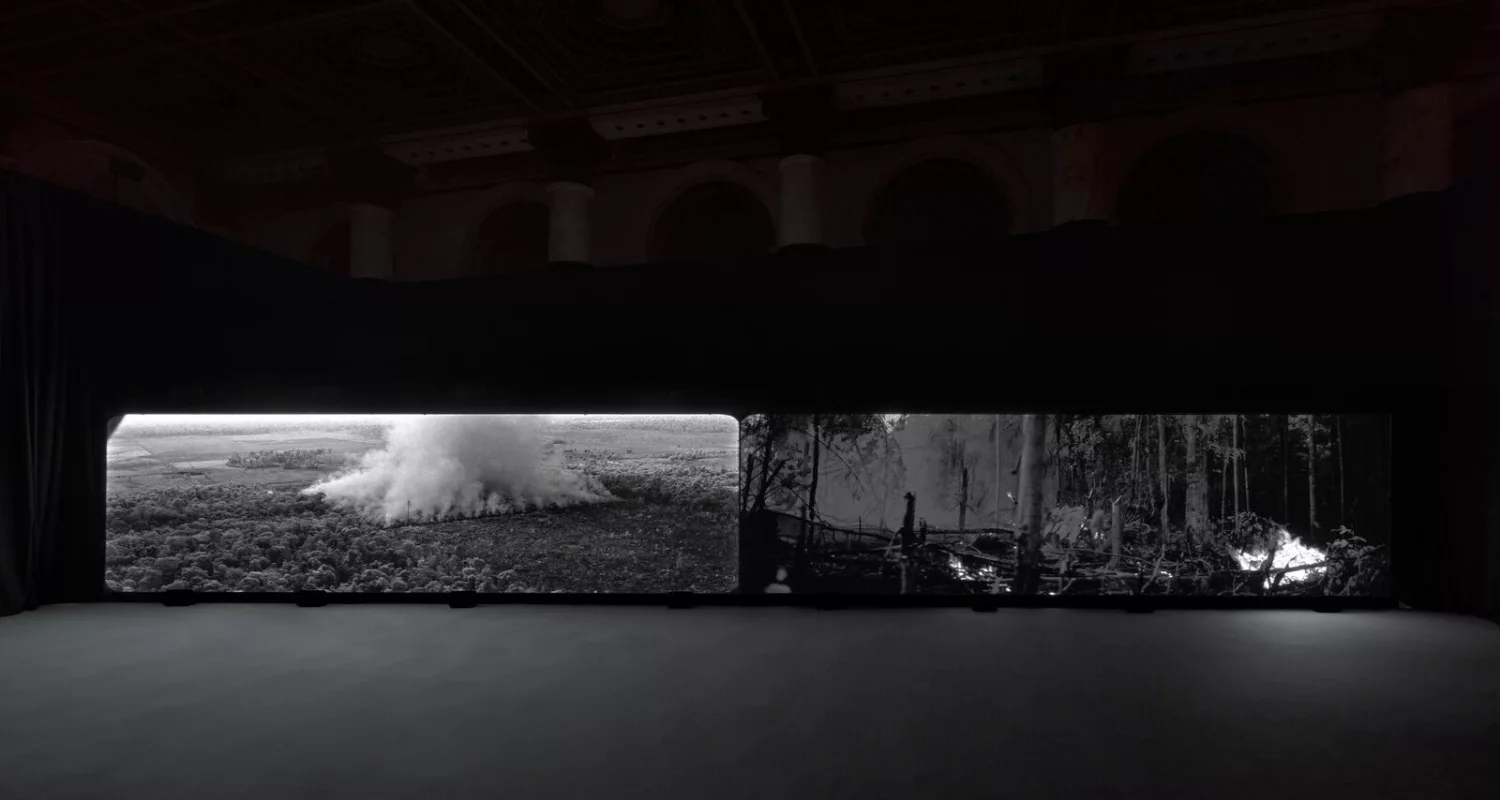
“Broken Spectre” doesn’t just show the ecological damage; it delves into its human impact. The film includes a poignant moment where an indigenous woman, in war paint and armed with a spear, directly addresses the camera. Her spontaneous rant against criminals and a corrupt government, culminating in a plea for help, left the opening night audience both spent and riveted.
The immersive nature of the installation is key to its impact. Projected on a 60-foot-long LED screen, the film engulfs viewers in its narrative. The distant issue of Amazonian destruction feels immediate and personal. Mosse’s intention is clear: to make viewers feel the incalculable loss nearly firsthand.
Beyond the film, the gallery’s presentation of “Broken Spectre” is significant. Housed in a renovated 20,000-square-foot space in the historic Clock Tower Building, the installation marks the first exhibition in this location. The setting contrasts sharply with the content: a pristine, historically significant building juxtaposed against the harsh realities of Amazonian devastation.
The installation’s title, “Broken Spectre,” is a play on Goethe’s concept of ‘the Brocken spectre’. A magnified shadow cast onto clouds, symbolizing the observer’s impact. Mosse visualizes the awe and terror of ecological devastation through aerial multispectral videos to 35mm black-and-white infrared film and ultraviolet microscopy. The result is a revealing of the destruction in microscopic detail and colossal scale.
Ultimately, “Broken Spectre” is more than an art installation; it’s a stark reminder of the ongoing environmental catastrophe. By merging advanced technology with artistic expression, Richard Mosse brings an urgent issue to the forefront, urging viewers to confront the reality of our world’s changing landscape and consider their role in it.
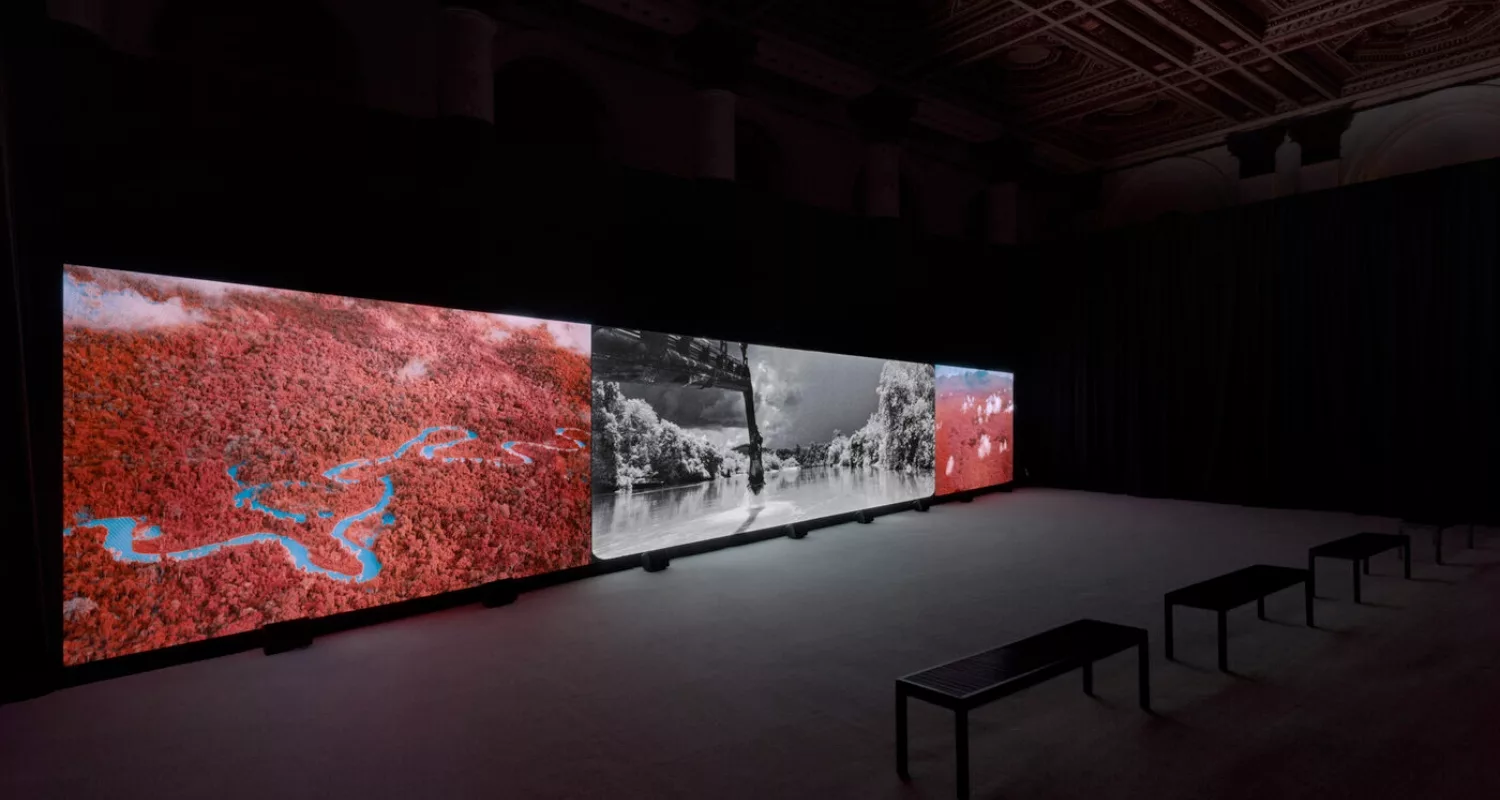
Jack Shainman Gallery
Richard Mosse Broken Spectre
January 12 – March 16, 2024
46 Lafayette Street, New York
–KL Dunn
Related Articles


